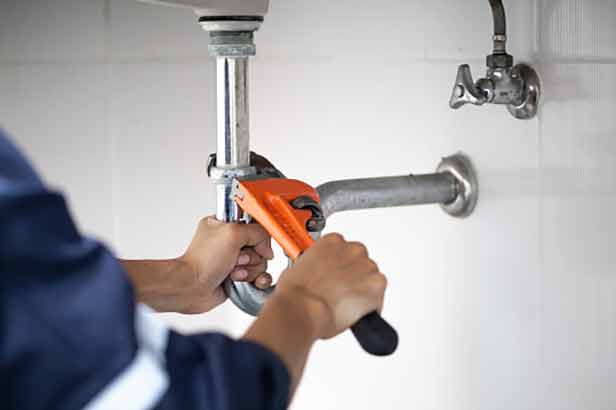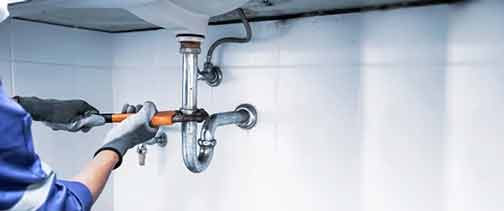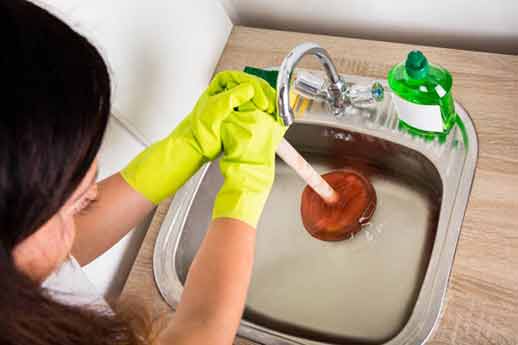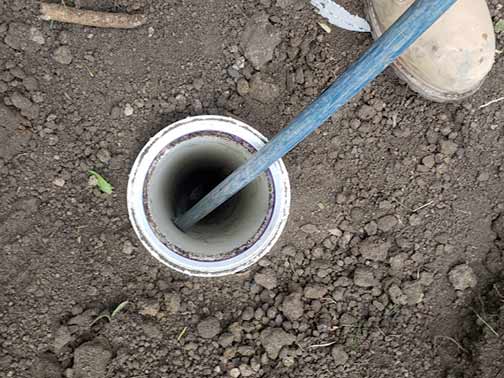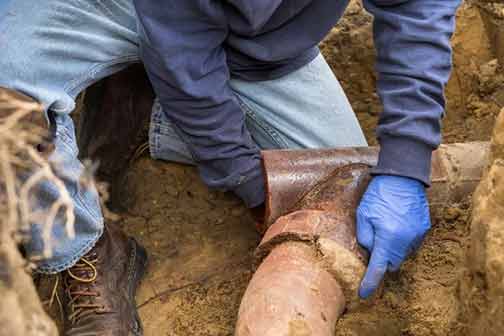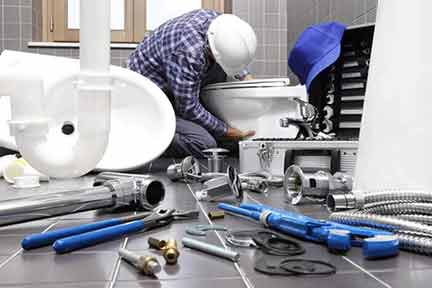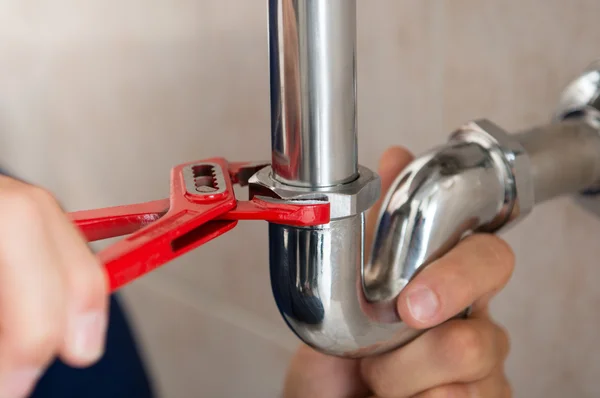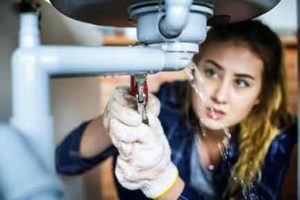When it comes to plumbing issues, broken drain pipes are one of the most common problems homeowners face. Not only can this create unpleasant smells and potential health hazards, but it can also cause water damage and, ultimately, be pricey to repair. As such, fixing broken drain pipes requires a thorough understanding of the problem and the right steps to fix it efficiently. To help you manage this issue like a pro, we have compiled expert tips from a local plumber.
What Causes Broken Drain Pipes?
Before we talk about the solutions, let us discuss the causes of broken drain pipes. Pipe corrosion, which is common in older pipes made of iron and galvanized steel, can cause breakage over time. This happens due to exposure to naturally occurring chemicals and minerals in water. Moreover, shifting soil, heavy traffic, and piercing can also contribute to breakage, leading to drain pipe issues.
Expert Tips to Fix Broken Drain Pipes
Fixing broken drain pipes may sound daunting, but with the right tools and techniques, you can save some money on repairs, and ensure the job is done correctly. Here are expert tips to help you fix broken drain pipes like a pro.
Step 1: Inspection and Preparation
Before commencing the repair process, it is critical to inspect the broken drain pipes properly. First, locate the leak by inspecting the entire pipe’s length visually. If the water damage is visible, then use a moisture meter to detect water. You can then mark the area with chalk. Check the surrounding areas for any obstacles like concrete slabs, gas, or electric lines that can hamper your work. Also, clear the area around the leak completely to make sure you have enough space to work.
Step 2: Turn Off the Water Supply
Turning off the water supply valve is a crucial step before starting the repair process. This will help prevent any further damage or leaks while you work on the drain pipe. Make sure you know where the main valve is located and how to turn it off.
Step 3. Remove the Damaged Section
After turning off the water supply, it is time to cut out the damaged drain pipe section. To do this, you need to measure and mark the damaged area accurately, then use a handsaw or a reciprocating saw to cut out the section. You can use a pipe cutter for accuracy in small spaces. Remove the damaged section carefully by loosening the pipe’s clamp connection or cutting it with a saw.
Step 4: Choose the Right Replacement Pipes
Choosing the right replacement pipes is critical to ensure a successful repair. PVC pipes are becoming more popular because they are easy to use, cost-efficient, and sturdy. However, if you have an old house, you may need to use cast iron, copper, or clay pipes. Make sure you choose pipes with compatible outside diameters to fit the existing pipes.
Step 5: Install the New Pipe Sections
The next step is to install new piping sections. First, measure the new section of the pipe to fit the existing one. Then, attach the pipe section to connectors (such as elbows or couplings) by using PVC cement or lead sealant (for cast iron pipes). For PVC pipes, always allow the cement to dry according to the manufacturer’s instructions before using it.
Step 6: Test the Repair
After repairing the broken drain pipes, it is critical to test the repair to ensure there are no more leaks or issues. Turn the water supply back on and let it run for a while to confirm everything is running smoothly. Check for any leaks around the repaired area, and tighten any pipe-fitting connections if necessary.
Preventive Measures for Future Drain Pipe Issues
When it comes to broken drain pipes, prevention is always better than cure. Here are some preventive measures to keep in mind:
- Regularly inspect and maintain your drain pipes to ensure they are in good condition.
- Avoid using chemical drain cleaners that can corrode pipes and cause further damage.
- Dispose of grease and cooking oil in a trash can, not down the drain, to avoid clogging.
- Avoid flushing anything other than toilet paper down the toilet to prevent clogging.
The Bottom Line
Fixing broken drain pipes can be a daunting task, but with the right tools and techniques, you can handle it like a pro. Inspecting, preparing, and choosing the right replacement pipes are crucial steps to ensure a successful repair. Also, preventive measures like regular inspections and avoiding drain clogging can help you avoid future drain pipe issues. However, if in doubt, don’t hesitate to seek the help of a professional plumber.
